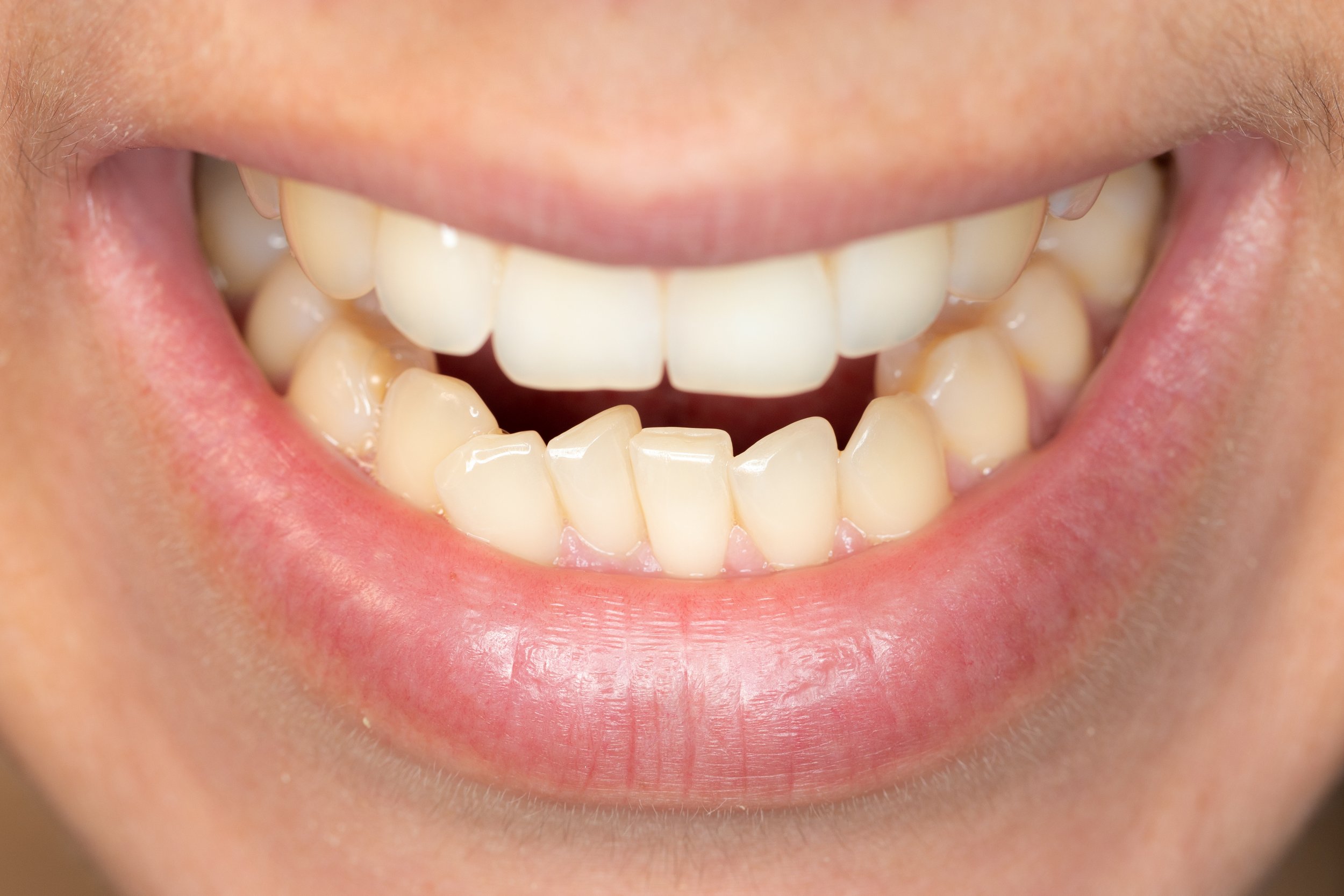The Rise of Malocclusion: A Modern Dental Mystery
"We know the rates of malocclusion are approaching 85% in modern societies, and the cause of it is unknown in all but 5% of cases."-Mike Mew
This alarming statement highlights a growing trend in modern healthcare—the increasingly high prevalence of malocclusion or misaligned teeth. While researchers and orthodontists have made strides in treating malocclusion, the root cause remains frustratingly elusive in most cases.
Hidden Causes
While the specific reasons for such high rates of malocclusion are still debated, several factors likely contribute:
Dietary Changes: Historically, human diets were tougher and required more vigorous chewing. Modern diets often contain softer, processed foods, potentially affecting jaw development and contributing to misalignment.
Environmental Influences: Some researchers theorize that environmental toxins or changes in air quality could play a role in jaw development, impacting bite patterns.
Genetic Predisposition: Malocclusion may have a genetic component, with some individuals more likely to develop misaligned teeth than others.
Understanding the Consequences
It's important to go beyond simply identifying the high rates of malocclusion; an understanding of the consequences is needed. Misaligned teeth transcend aesthetic concerns. Poorly aligned bites can lead to:
Difficulty Chewing: Affecting digestion and proper nutrition.
Speech Difficulties: Misaligned teeth can sometimes hinder clear speech.
Jaw Pain and TMJ Disorders: Chronic pain and discomfort in the jaw.
Increased Risk of Tooth Decay: Misalignment can make teeth harder to clean.
Seeking Solutions
Despite the lack of clear-cut answers on causation, orthodontic treatment remains a highly effective way to address malocclusion. From traditional braces to clear aligners, advancements in orthodontics offer many ways to correct misaligned bites and improve oral health.
However, the question still lingers: what's causing the increased prevalence of malocclusion? Further research into dietary influences, environmental factors, and potential genetic links is crucial to address this growing concern and potentially curb its rise in future generations.
This mystery within modern dentistry highlights the importance of continual research in this field. By finding the root causes of malocclusion, we may unlock insights leading to a greater understanding of oral health and the development of preventative approaches.

